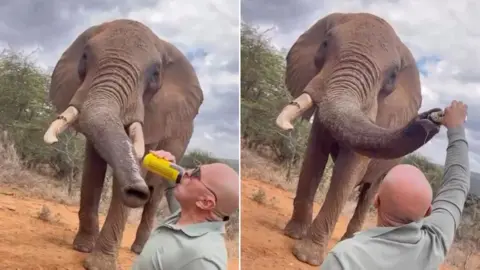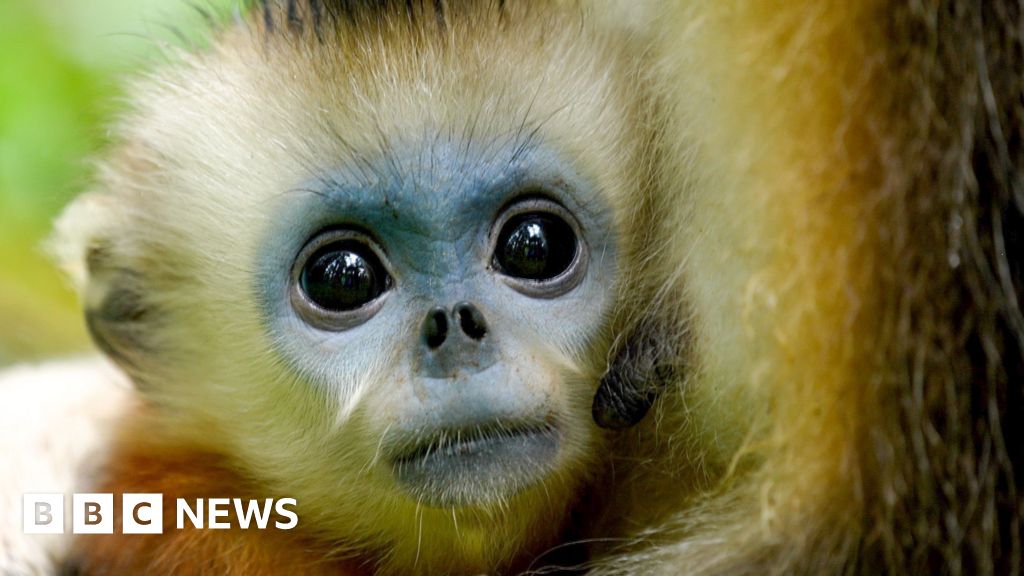Maryland has made a historic leap in land conservation, proudly announcing that it has successfully safeguarded nearly a third of its land area, translating to approximately 1.9 million acres. This achievement positions Maryland as a leader among states in the United States, having arrived at this milestone six years ahead of the 2030 target outlined by the global “30 by 30” initiative aimed at protecting 30% of the Earth's lands and waters.
The victories within this substantial conservation effort encompass diverse landscapes, from the tranquil shorelines of Unicorn Lake to the extensive forests of Green Ridge State Forest. These protected areas not only harbor vital ecosystems and endangered species, such as the Delmarva fox squirrel and bald eagles, but also promote environmental resilience through natural carbon storage, erosion control, and enhanced water quality.
Governor Wes Moore has championed these conservation efforts, highlighting the intrinsic values of the state's ecological treasures. In addition to celebrating reaching the initial goal, Maryland has set an ambitious new target to elevate its protected lands to 40% by 2040. This increased commitment signifies a broader movement toward proactive environmental stewardship.
Among individual contributors to this commendable effort are local farmers like Albert and Kristen Nickerson, who preserved approximately 350 acres of farmland through community engagement and sustainable agricultural practices. Their actions demonstrate how local solutions can play a crucial role in addressing environmental challenges and contribute meaningfully to state and national goals.
Encouraged by Maryland's results, other states are looking to replicate its successful conservation strategy within their own jurisdictions. As part of the “50 States, 50 Fixes” initiative, Maryland's example serves as a beacon for climate stewardship, illustrating that collaborative efforts at local and state levels are vital for achieving ambitious climate goals.
The victories within this substantial conservation effort encompass diverse landscapes, from the tranquil shorelines of Unicorn Lake to the extensive forests of Green Ridge State Forest. These protected areas not only harbor vital ecosystems and endangered species, such as the Delmarva fox squirrel and bald eagles, but also promote environmental resilience through natural carbon storage, erosion control, and enhanced water quality.
Governor Wes Moore has championed these conservation efforts, highlighting the intrinsic values of the state's ecological treasures. In addition to celebrating reaching the initial goal, Maryland has set an ambitious new target to elevate its protected lands to 40% by 2040. This increased commitment signifies a broader movement toward proactive environmental stewardship.
Among individual contributors to this commendable effort are local farmers like Albert and Kristen Nickerson, who preserved approximately 350 acres of farmland through community engagement and sustainable agricultural practices. Their actions demonstrate how local solutions can play a crucial role in addressing environmental challenges and contribute meaningfully to state and national goals.
Encouraged by Maryland's results, other states are looking to replicate its successful conservation strategy within their own jurisdictions. As part of the “50 States, 50 Fixes” initiative, Maryland's example serves as a beacon for climate stewardship, illustrating that collaborative efforts at local and state levels are vital for achieving ambitious climate goals.




















